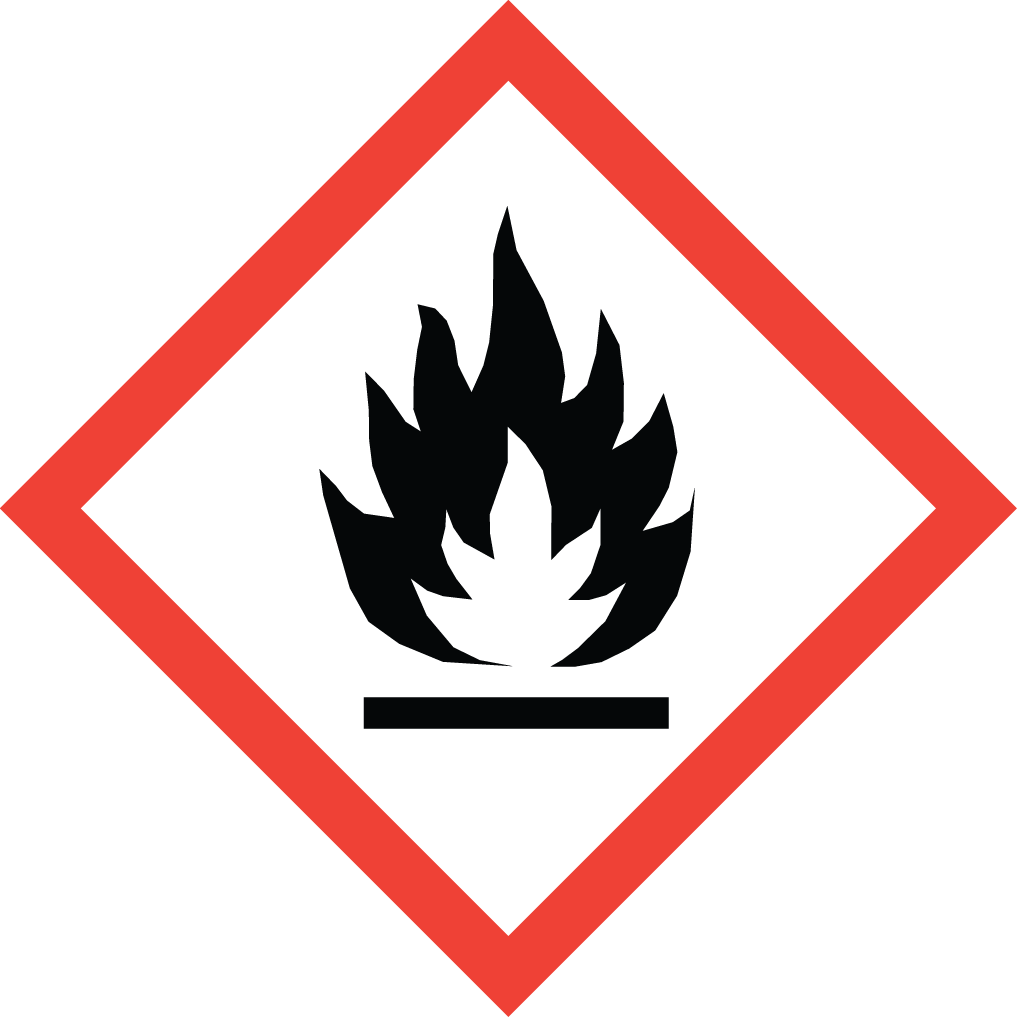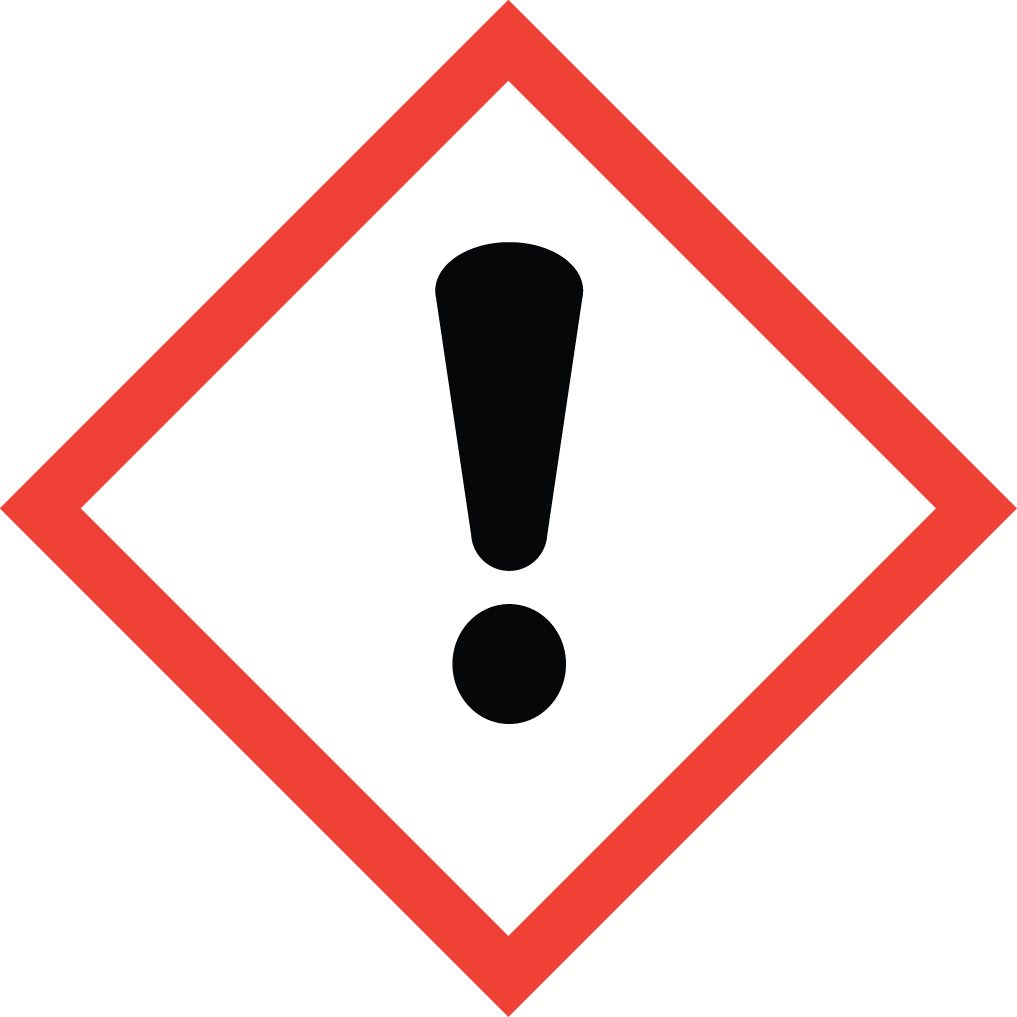Aure Chemical: Your Premier Source for High-Quality 1-Propanol (n-Propanol)
Aure Chemical is a trusted supplier of 1-Propanol, commonly known as n-Propanol or n-Propyl alcohol. As a straight-chain primary alcohol, 1-Propanol is highly valued for its balanced evaporation rate, excellent solvent power, and versatility as a chemical intermediate. Our commitment to quality ensures that our 1-Propanol meets rigorous industry standards, providing you with a reliable and efficient solution for your diverse applications.
Basic Information of 1-Propanol
1-Propanol (CAS No. 71-23-8) is a clear, colorless liquid with a characteristic alcohol odor. Its specific properties make it a preferred choice across numerous sectors:
| CAS No.: | 71-23-8 |
|---|
| EC No.: | 200-746-9 |
|---|
| Linear Formula: | C₃H₈O |
|---|
| Molecular Weight: | 60.1 |
|---|
| Appearance: | Transparent Liquid |
|---|
| Odor: | Characteristic alcohol odor |
|---|
| Melting Point: | -126 °C |
|---|
| Boiling point | 97 °C |
|---|
| Density: | 0.804 g/mL at 25 °C(lit.) |
|---|
| Solubility: | Miscible with water and many organic solvents |
|---|
| Purity: | Available in various grades to meet specific application requirements. |
|---|
| RIDADR: | UN 1274 3/PG 2 |
|---|
| Chemical Structure: |  |
|---|
These properties enable 1-Propanol to perform effectively as a solvent, a reaction medium, and a raw material in various chemical processes.
Versatile Applications of 1-Propanol
The unique blend of solvency and volatility makes Aure Chemical's 1-Propanol suitable for a wide array of industrial and commercial uses:
Solvent: An effective solvent for resins, cellulose esters, and ethers. It is widely used in printing inks (flexographic and gravure), coatings, lacquers, and adhesives due to its controlled evaporation rate and strong solvency.
Pharmaceutical Industry: Utilized as a solvent in the synthesis and purification of various pharmaceutical compounds, as well as in the formulation of some medical products.
Cosmetics and Personal Care: Found in certain cosmetic formulations, including lotions, hair sprays, and perfumes, often as a solvent or viscosity-controlling agent.
Chemical Intermediate: Serves as a key building block in the synthesis of other chemicals, such as propyl acetate (a common solvent), propylamines, and other esters used in flavors and fragrances.
Cleaning Agents: Incorporated into industrial and household cleaning formulations for its effective degreasing and dissolving properties.
De-icing Fluids: Can be a component in certain de-icing and antifreeze formulations.
Why Choose Aure Chemical for Your 1-Propanol Needs?
Aure Chemical is dedicated to being your reliable partner for high-quality chemical supplies. When you choose us for your 1-Propanol requirements, you benefit from:
Assured Quality: Our 1-Propanol is tested to ensure high purity and consistency, meeting or exceeding industry specifications.
Reliable Supply: We maintain a robust supply chain to ensure timely and efficient delivery, supporting your operational continuity.
Technical Expertise: Our knowledgeable team is available to provide support and answer any technical questions you may have.
Commitment to Safety: We adhere to strict safety and environmental protocols in all our operations, ensuring responsible handling and delivery.
Hazards Classification
GHS Classification: Flammable Liquid (GHS02), Health Hazard (GHS07)
Hazard Statements: Highly flammable liquid and vapor; causes serious eye irritation; may cause drowsiness or dizziness.
UN Number: UN 1274
Hazard Class: 3 (Flammable Liquids)
Packing Group: II
 GHS02: Flammable
GHS02: Flammable GHS07: Health hazard / Irritant
GHS07: Health hazard / Irritant
